DDR5 JEDEC standard finalized with up to 128GB per module and 6.4 Gbps speeds
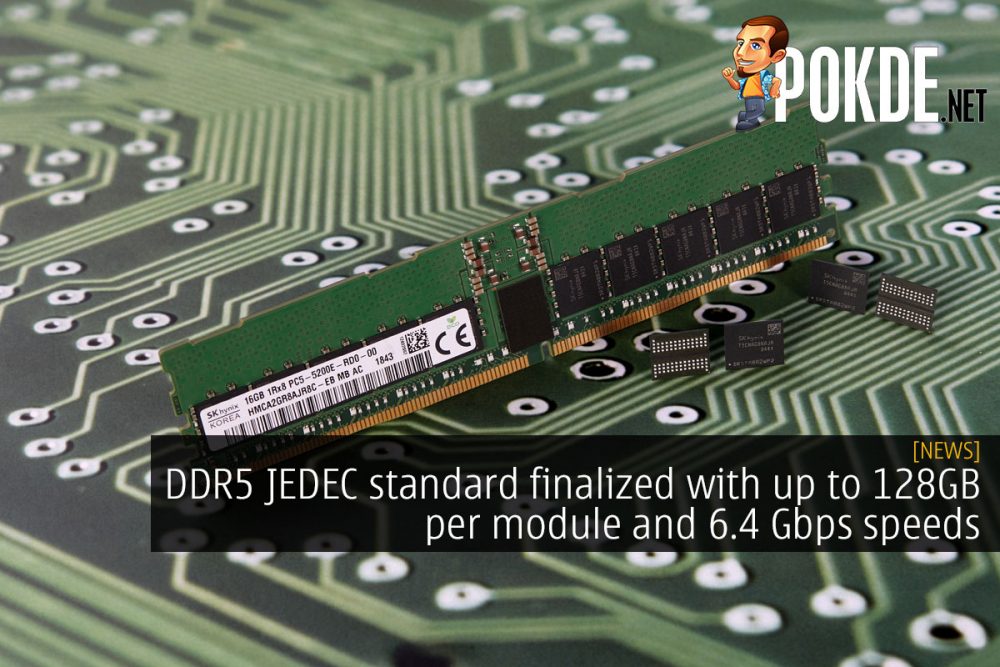
JEDEC has finally announced the specifications for DDR5 memory, and it sure does look very interesting. Aside from the usual speed and density increase, DDR5 looks set to bring some pretty impressive changes to RAM standards.
For starters, lets go over the obvious. The DDR5 JEDEC standard specifies a maximum speed of 6.4 Gbps. That’s JEDEC’s specifications but as we have seen with DDR3 and also DDR4, it isn’t all that rare to find RAM manufacturers release memory that are capable of much higher than JEDEC’s specifications. SK Hynix has already set their sights on 8.4 Gbps.
On top of that, DDR5 will run in dual-channel configurations in a single DIMM. Instead of a single 64-bit bus like in previous memory standards, DDR5 will offer two independent 32-bit channels in a single module. This coupled with a doubled burst length that’s now 16 bytes instead of DDR4’s 8 bytes, DDR5 is capable of double the effective bandwidth at the same memory speeds.
Maximum per-DIMM densities are expected to grow to 128GB, with the use of 64Gb die. DDR4 is currently limited to 32GB DIMMs, so enthusiasts who need more memory in small form factor systems might find this worth celebrating. You can probably still expect lower density modules though. DDR5 will also sport on-die ECC to increase the reliability of DDR5 memory.
One thing that might be less worthy of celebration might be that DDR5 memory sticks could potentially be more expensive. Instead of relying on motherboard vendors to design the power delivery system for the memory, DDR5 will have the voltage regulation done on the memory sticks themselves. JEDEC claims that this will allow for better yields with better voltage tolerances, while also lowering DDR5’s power consumption. DDR5 touts a nominal voltage of 1.1V, down from DDR4’s 1.2V.
DDR5 will still sport the same 288 pins that DDR4 sports, but as you might expect, the pinout configuration is vastly different to accommodate DDR5’s newer feature set. You can expect to see DDR5-based systems appear as early as next year, although consumer systems with DDR5 support will probably come much later.
Pokdepinion: An DDR5-based ITX build with 64GB memory… Now that does sound like the dream.
















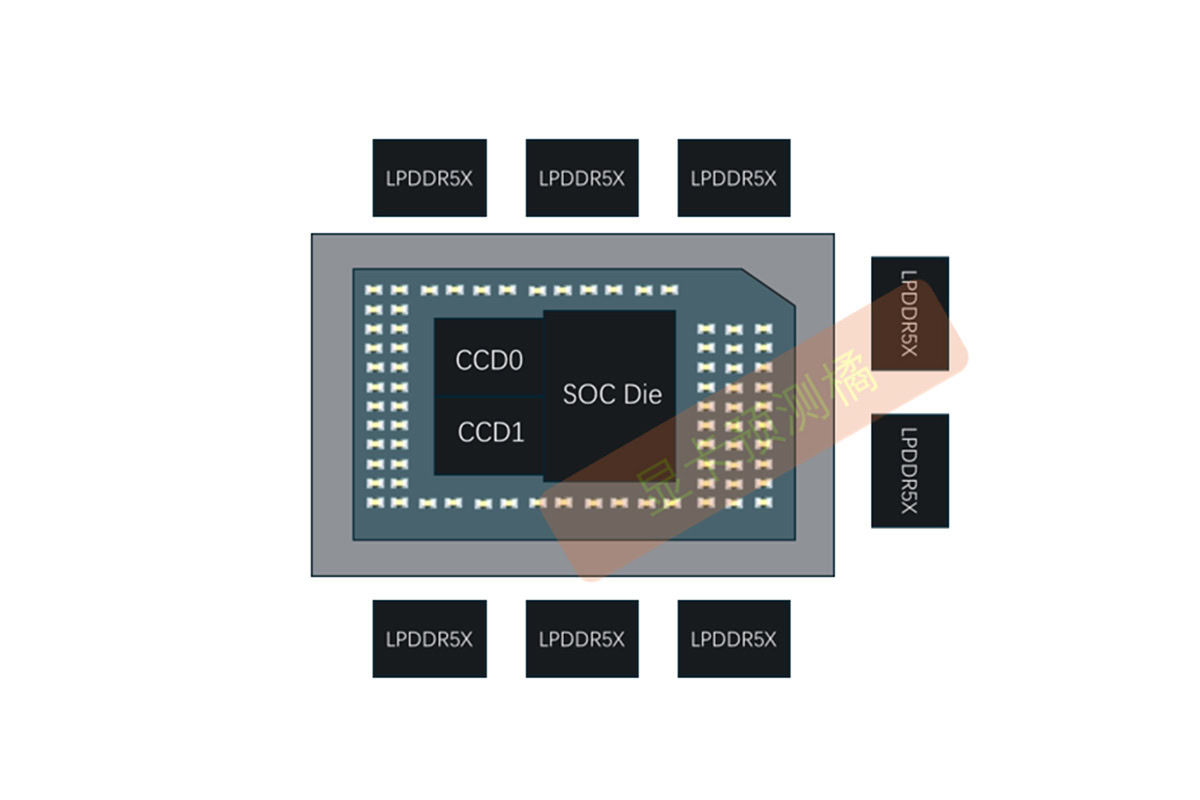
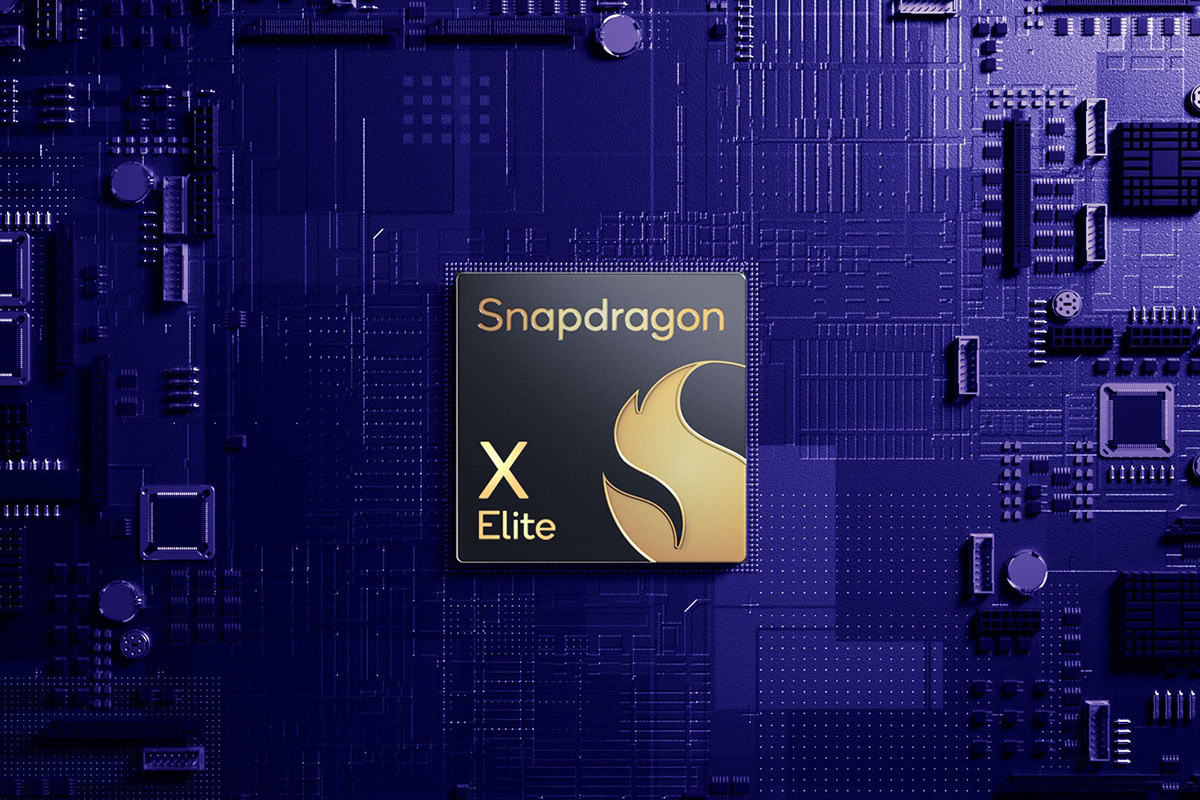
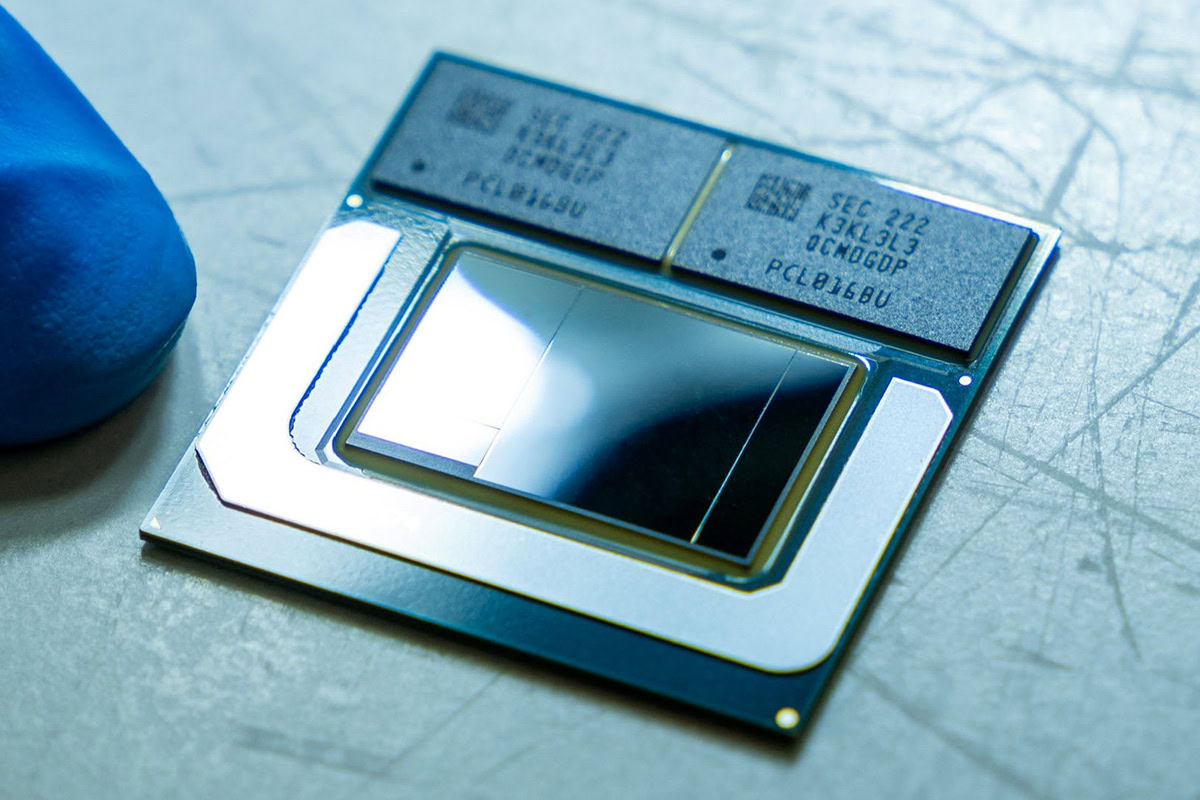










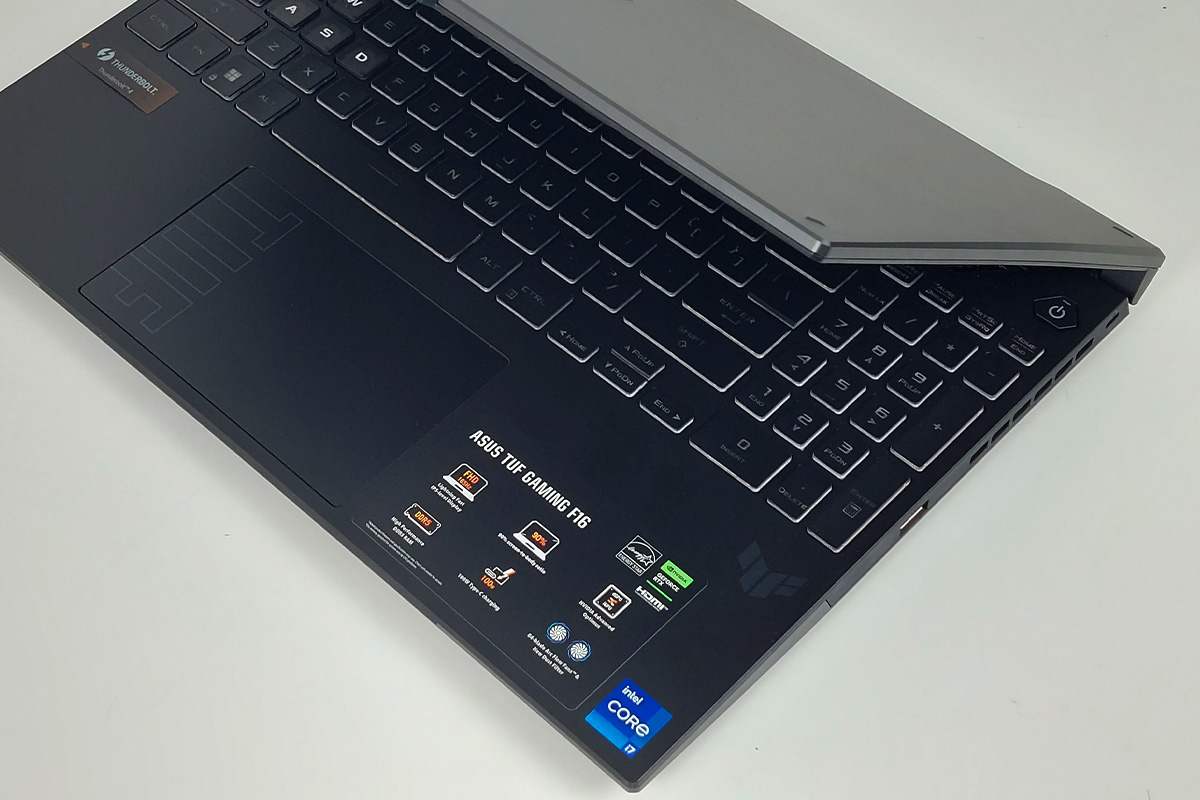














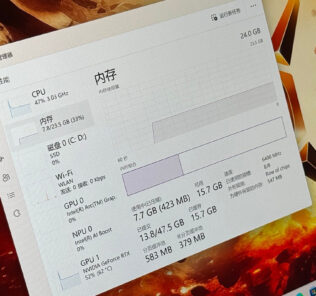
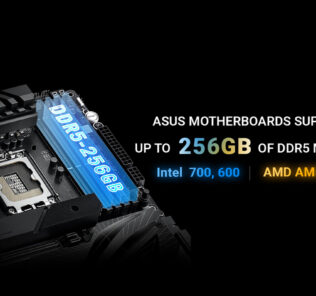
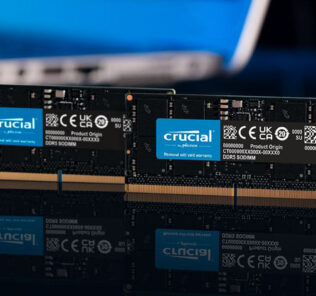
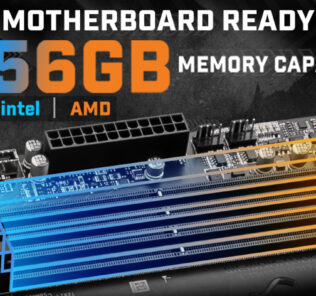
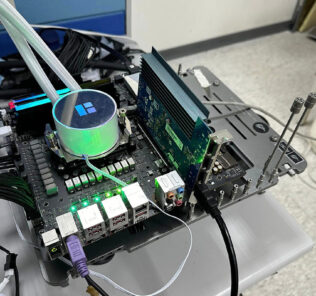
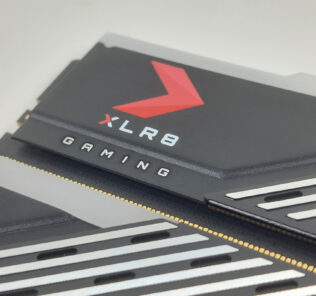



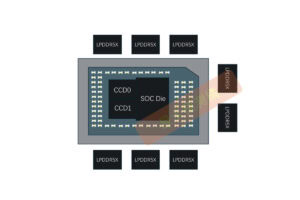






Leave a Response